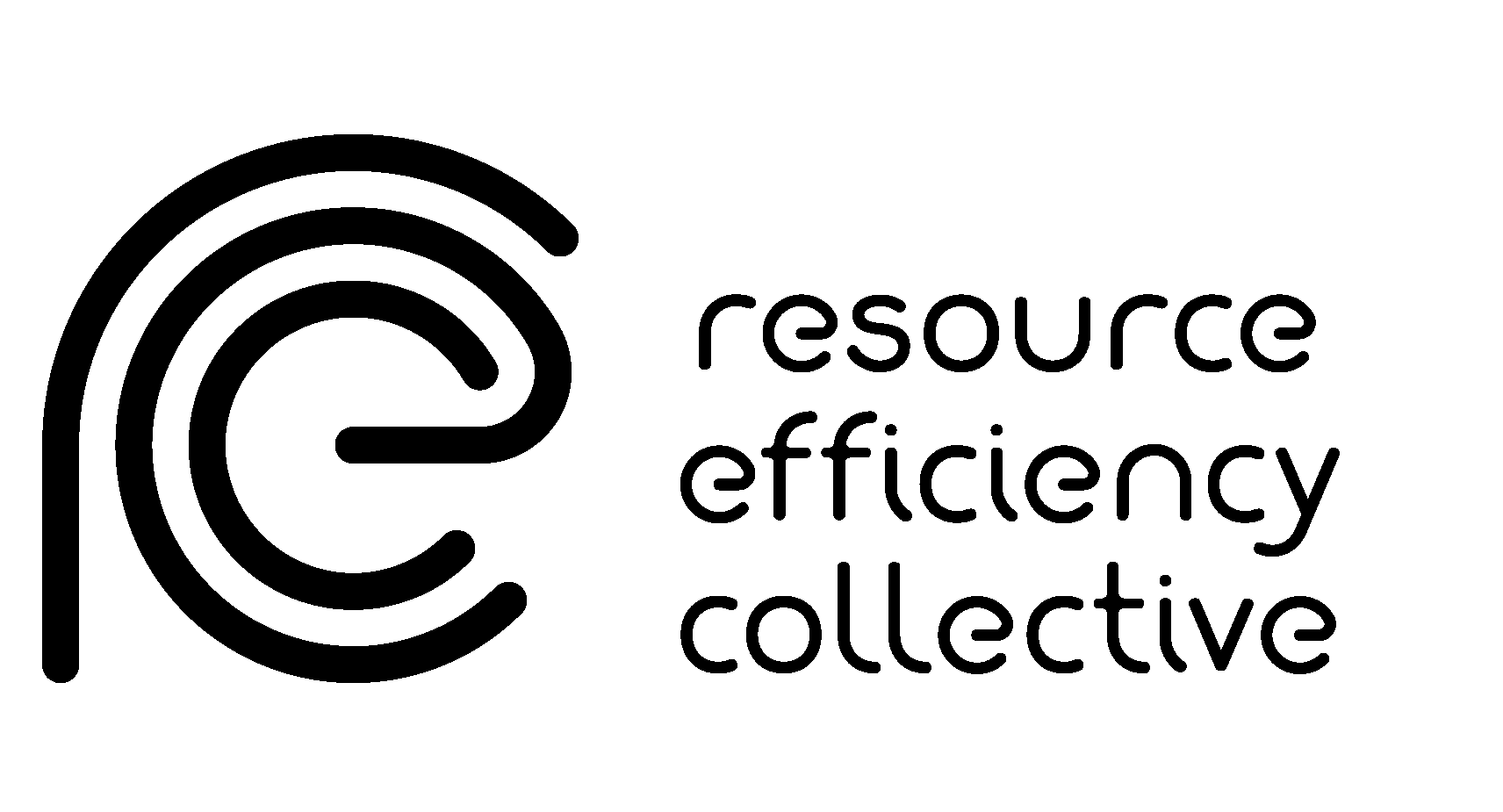A critical review of plastics and circularity in automotive supply chains
Plastics are increasingly used in the automotive sector due to their mechanical properties and light weight. However, the automotive plastic supply chain is characterised by pollution, resource depletion, and high carbon emissions. This critical review provides an understanding of how transitioning to a circular supply chain can reduce the impact of plastic use in the UK automotive industry?
The review contains three sections: Section 1 provides an overview of plastic use in the automotive sector and introduces the lifecycle and supply and demand of automotive plastics, in addition to outlining the review methodology and key terms; Section 2 summarises the current state of automotive plastics, focusing on raw material extraction, produce and use, and end of life; and Section 3 discusses options for change to improve the circularity of the automotive plastics supply chain.
Key takeaways identified in this critical review include:
- Currently there is a lack of dynamic Material Flow Analysis (MFA) models which specifically track automotive plastic flows in the UK. Therefore, results are inferred from data about material quantities and wider scope MFA studies. Better data collection including detailed breakdowns of plastic types would enable sector specific MFA studies in the future.
- There is a lack of granularity of plastic types in Life Cycle Assessment studies and reports of material breakdowns. Plastics are often grouped as one material in Life Cycle Assessment studies and studies that report vehicle material breakdowns. Identification and reporting of specific polymer types in material breakdowns is required.
- Current studies are lacking in downstream product use coverage. Information provided in case studies of plastic use from vehicle manufacturers is typically not detailed. Specifically, the quantity of plastics that use circular techniques (e.g., biosourced plastics, recycled plastics in new components) is not specified.
- The circularity of automotive plastics can be improved by reducing the number of polymer types, implementing design principles that enable easy disassembly, and using non-petroleum-based materials.
The report was authored by:
Lihani Du Plessis, Hugh Thomas, Fanran Meng, Jonathan M Cullen













